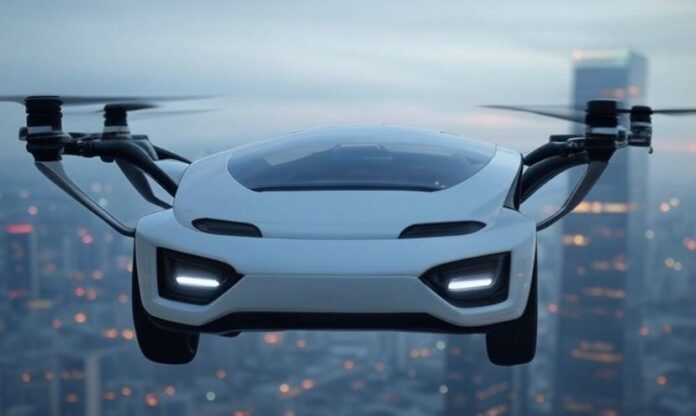In what feels like a leap straight out of science fiction, the dream of flying cars is inching closer to becoming a mainstream reality. Once relegated to the imaginations of movie buffs and sci-fi enthusiasts, the concept of vehicles that can take to the skies is now grounded in technological progress.
Globally, companies are pushing the boundaries of transportation with innovative prototypes. Leading the charge are firms like Joby Aviation, Archer, and Lilium, which are focusing on electric vertical takeoff and landing (eVTOL) aircraft. These vehicles aim to revolutionize urban mobility by offering faster commutes and potentially alleviating the congestion on our roads.
Also Read: Blue Origin Delays First Launch of Giant New Glenn Rocket
Despite the technological advancements, significant challenges remain. Regulatory frameworks are still catching up with this new mode of transport, and infrastructure questions loom large. How will these vehicles be integrated into existing airspaces? What kind of landing zones or charging stations will be required?
Nevertheless, experts are optimistic, predicting that by 2030, we could see flying cars not just in test phases but in our skies. This timeline suggests that the futuristic vision of Doc Brown and Marty McFly from “Back to the Future” might just be on the horizon, turning sci-fi into everyday life.
As we stand on the brink of this new era in transportation, the world watches with bated breath, ready to see if the skies will indeed become the new frontier for daily travel.
Key Points:
- From Fiction to Reality: Flying cars, once only seen in science fiction, are now technologically feasible.
- Leading Innovators: Companies like Joby Aviation, Archer, and Lilium are at the forefront, developing electric vertical takeoff and landing (eVTOL) aircraft.
- Promises of Change: These vehicles could offer quicker commutes and reduce road congestion.
- Challenges Ahead: Regulatory issues and infrastructure needs are significant hurdles to overcome.
- Timeline: Experts suggest flying cars might be a common sight by 2030, bringing sci-fi dreams into everyday life.



